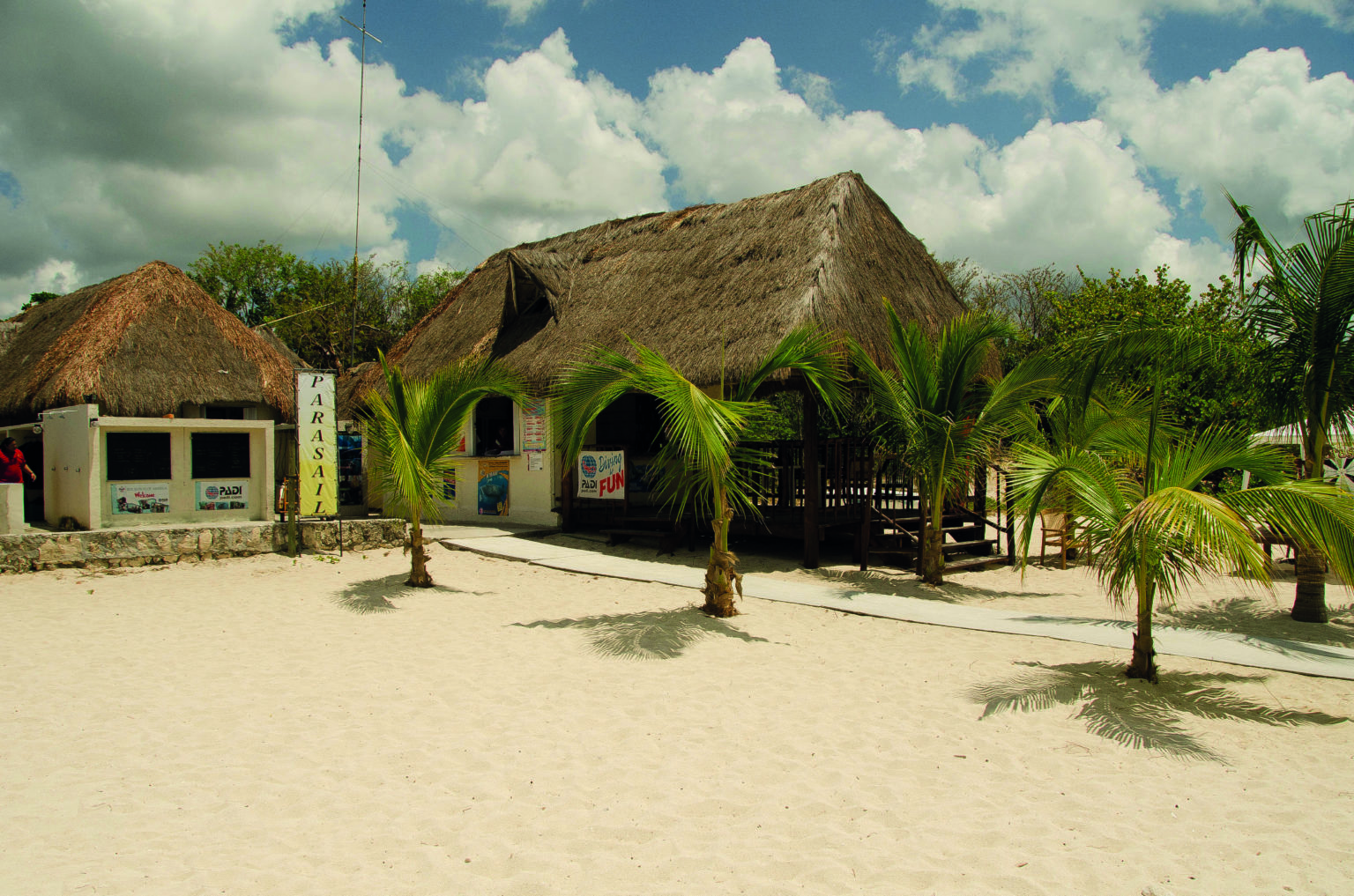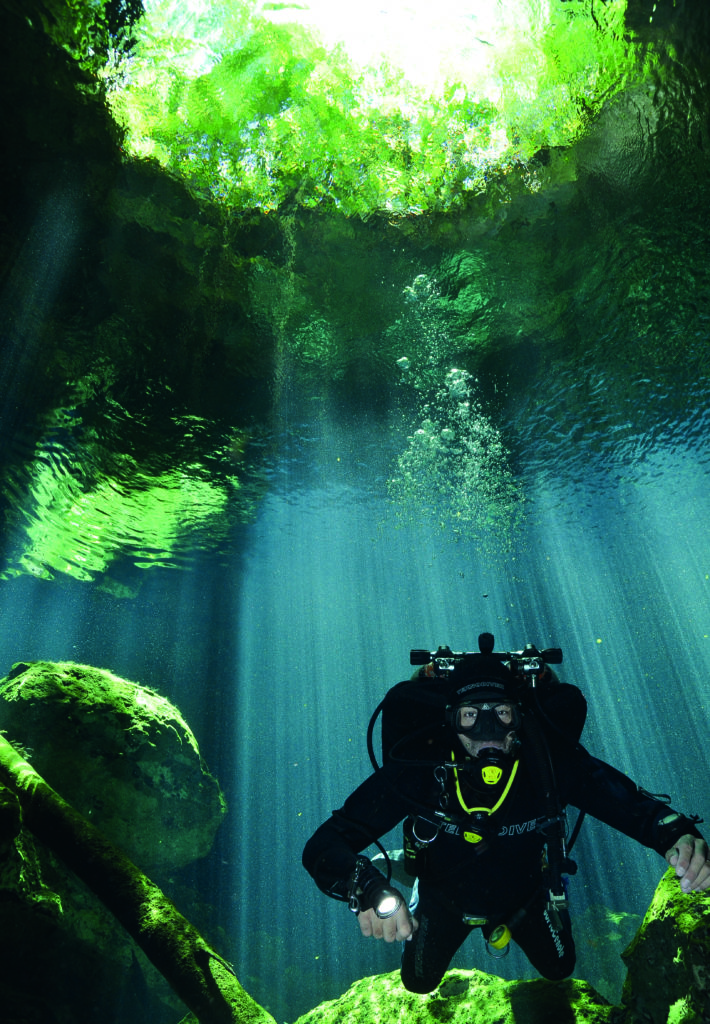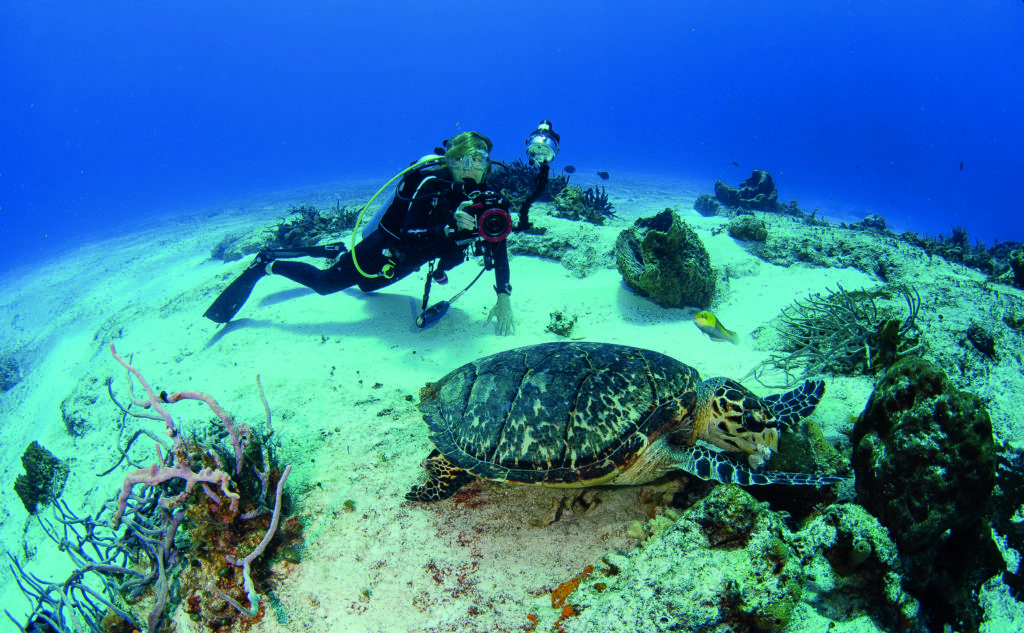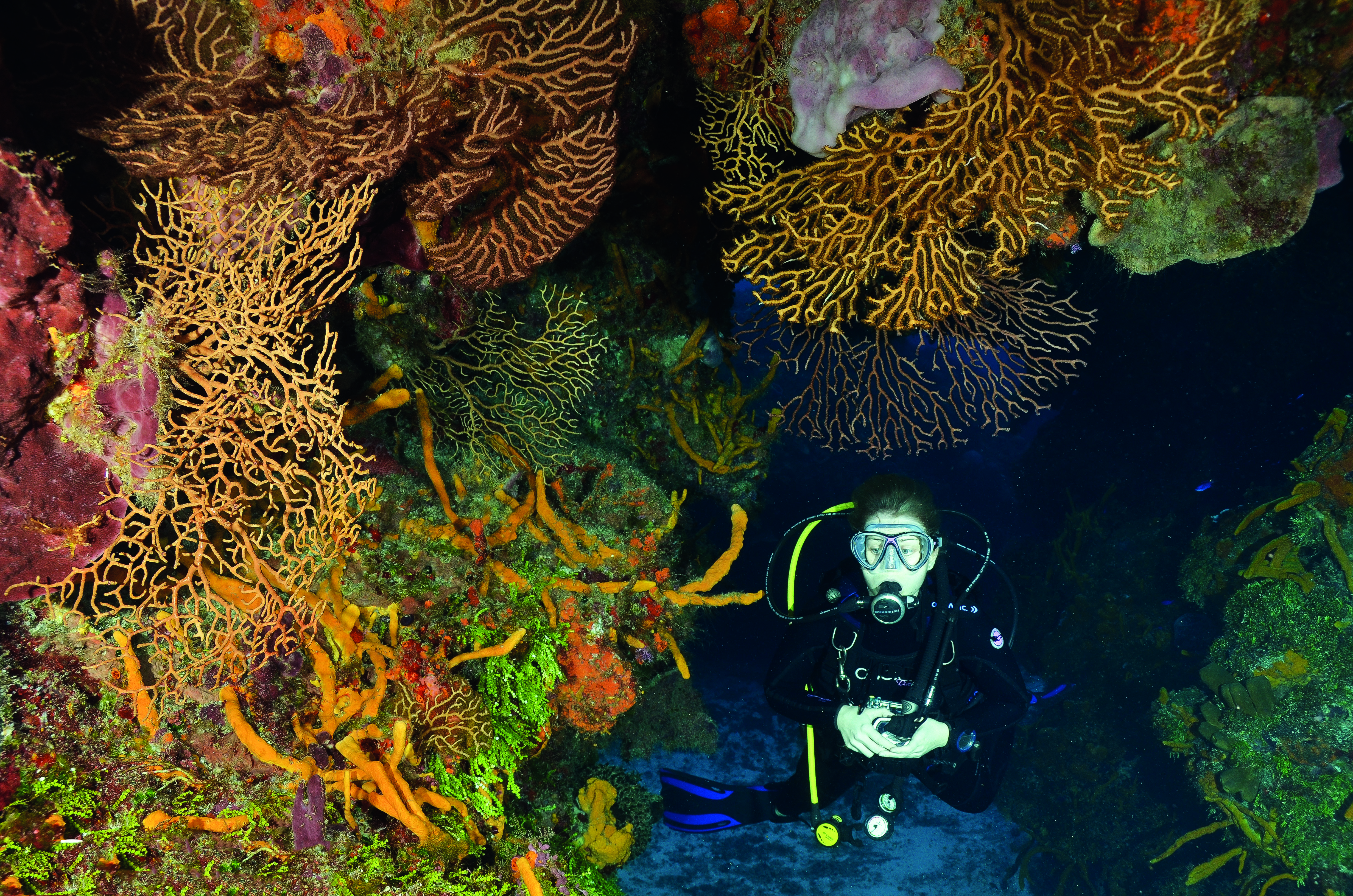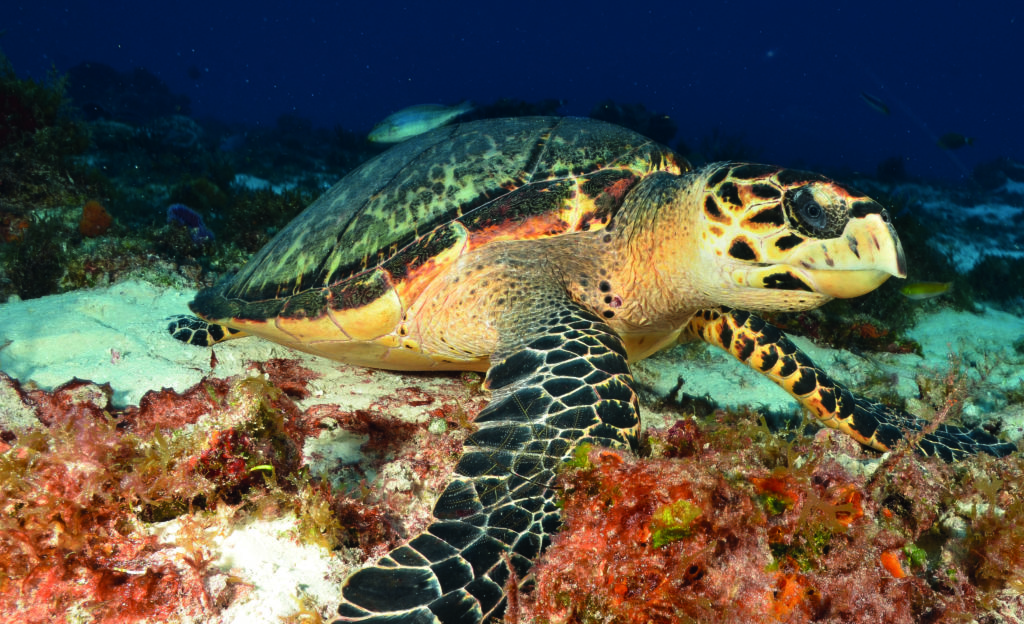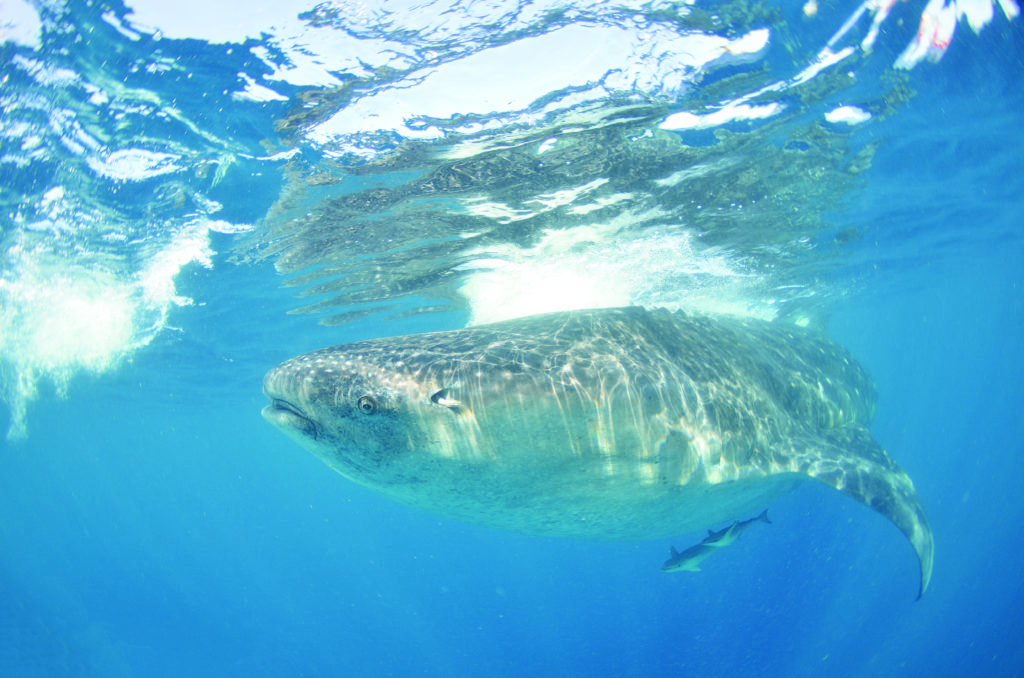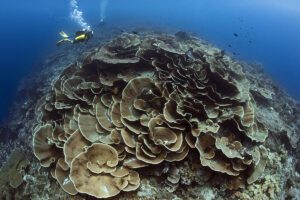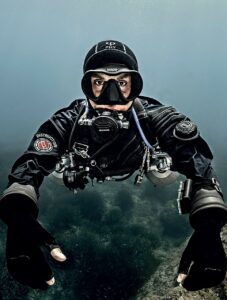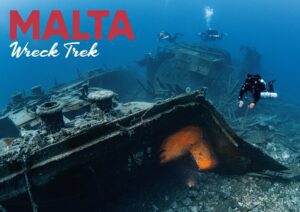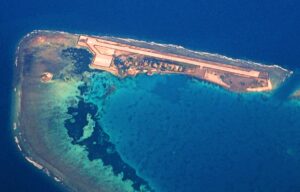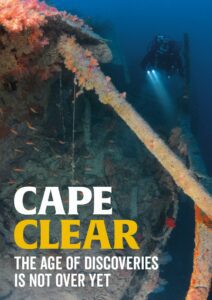Cozumel Call-Out
Popularised by Cousteau, Cozumel has long been a favourite among divers, though visitors tend to be those ‘popping down’ from North America. Is the island a worthy – and viable – holiday option for us Europeans? David Jones decided to give it a go.
Mexico has always been an exciting and popular holiday destination, particularly among non-divers. There are myriad opportunities for the adventurous traveller in particular. It is blessed with wonderful beaches, warm weather, jungles, and ancient Mayan ruins that appeal to more than 22 million visitors every year. These are predominantly from the US and Canada, but a significant number now travel from the UK.
The Yucatan Peninsula on the east is the most-popular destination, and Cozumel, a 45-minute ferry journey from the popular holiday resort of Playa del Carmen, is probably the most-significant location for diving.
Our North American cousins have enjoyed the underwater opportunities that Cozumel has to offer for many years and anyone who works within the industry and has been to the annual DEMA show in the US would be able to confirm the scale and popularity of diving there. The investment in marketing and advertising is enormous.
But for some reason I have always had the impression that Mexico as a diving destination has had a tendency to sit just below the radar of the UK diver. I think that historically there have been a couple of reasons for this. Firstly, direct flight access was not readily available in the past, or cheap.
This has been resolved with regular flights by Virgin and package operators like Thomson. It was also quite expensive; however, the growth in hotels and resorts has probably outstripped demand recently, with a resultant reduction in prices in many places.
But I think the main reason for the lack of popularity, and the reason I didn’t go in the past, might well have been that it seemed a bit too far to go for a week, and I was not convinced there was enough to do on an island 28 miles by nine miles for two weeks.
To get over this issue I decided to do a two-centre package: a week on Cozumel followed by another week seeing what the mainland had to offer. And for good measure, I took along some friends from the dive club.
There are plenty of flights into Cancun, from where it is a one-hour transfer to the Playa del Carmen ferry. Options are private taxis (at around £45), ‘shared’ minibuses (£20), or the public bus. The shared bus option sounds like quite a good compromise, but actually is far from ideal. The drivers can wait for ages until they have an economically viable payload, which is not unreasonable, but then there is a tortuous journey via several hotels along the way in order to drop off passengers.
Many of these are around ten minutes off the beaten track so, if you go this way, do not be surprised if you add a good 30 minutes to the journey time. The bus, which I used on the return journey, was not only the cheapest at just over £5, but also the most-direct and most-comfortable option as it turned out. The 45-minute ferry journey to Cozumel costs about £8.
There are two companies operating and ferries depart every hour, except on Sundays, but the last one leaves at 10pm, so make sure your flights give you the time to get there. On the far side there is a ready supply of taxis, but don’t expect the hotel to pick you up.
The taxi drivers’ syndicate have a strong union and they have effectively prevented hotels from doing pick-ups. Hey, this is Mexico! The journey to the south of the island takes around 20 minutes and costs around £10. Be aware that even though you might have an eight-seater taxi, that fare only covers the first four passengers. Put in five passengers and you pay an additional £10.
I was staying at the Allegro resort (www.allegrocozumelresort.com), an all-inclusive hotel with a dive centre on site, Pro Dive International (www.prodiveinternational.com). They are a professionally run organisation with a concession to operate in around ten hotels across the region, including Cozumel. They do ‘service’ extremely well.
Cozumel originally came to light as a diving destination after Jacques Cousteau had been for a visit in 1961. He declared it as one of the most-beautiful diving destinations in the world and the scene was set.
The area was designated as a marine park to protect the fragile ecosystem, and diving it you do get the impression that the reef is healthy. There was virtually no pollution to be found anywhere underwater, which I found really encouraging.
Chatting with ‘regulars’ who have dived the island for many years, the discussion came around to the damage caused by hurricanes. In the past some severe hurricanes have pummelled the island and its reefs and quite clearly have caused damage. But it is clear that it is extremely resilient and regeneration seems to be rapid. The diving is all on the western side of the island, the east side being susceptible to big wave action and the constant Atlantic surge, so to some extent they are protected from the elements.
Cozumel, like all of the Yucatan Peninsula, is a limestone slab and coupled with amazing coral formations this has led to some really dramatic underwater topography. The marine life is also significant, with a wide variety of Caribbean fish flourishing.
The reef system has two distinct channels, running between a shallow and a deeper line of reef, both of which continue up the whole coast. Between these two ribbons of coral is a sandy stretch, home to feeding turtles, stingrays and loitering barracuda waiting for the opportunity to pounce. The whole island’s marine life is driven by the constant northerly current bringing nutrients from the south, so if you don’t like drift diving, this is not for you.
In the far south, and a 25-minute boat journey from the hotel, we arrived at a dive site known as Punta Sur. Here waters coming from the south are divided by the island. This is where the currents can be particularly strong and it is here that the pelagics are found. From October to early March, shoals of eagle rays hover by the drop-off in about 25-30m, and sightings are guaranteed.
However, even out of season, solitary rays can still be found. At the point where the reef drops away into the depths of the channel between the island and the mainland, it is always worth a glance upwards where you might spot cruising marlin gliding effortlessly against the currents.
The two main dive sites at Punta Sur are Cathedral and the Devil’s Throat. The latter is a tunnel system through the reef that has three entrances and eventually emerges at 40m, a really thrilling dive. Heading north is the very-impressive Columbia Deep, a series of enormous coral pinnacles that stretch upwards, often in excess of 20m, from the bottom. Some have swim-throughs but the main feature is the collection of magnificent sponges, fans and corals that cover them. They are on the edge of the drop-off and schooling trevally and jacks are always there.
Further north still and the dominant feature is the famous Palancar reef system, which includes Palancar Caves, Palancar Deep, and Palancar Gardens. All of these sites blend into one and when the current is at its peak it is not unusual to cover two or even three sites on the same dive.
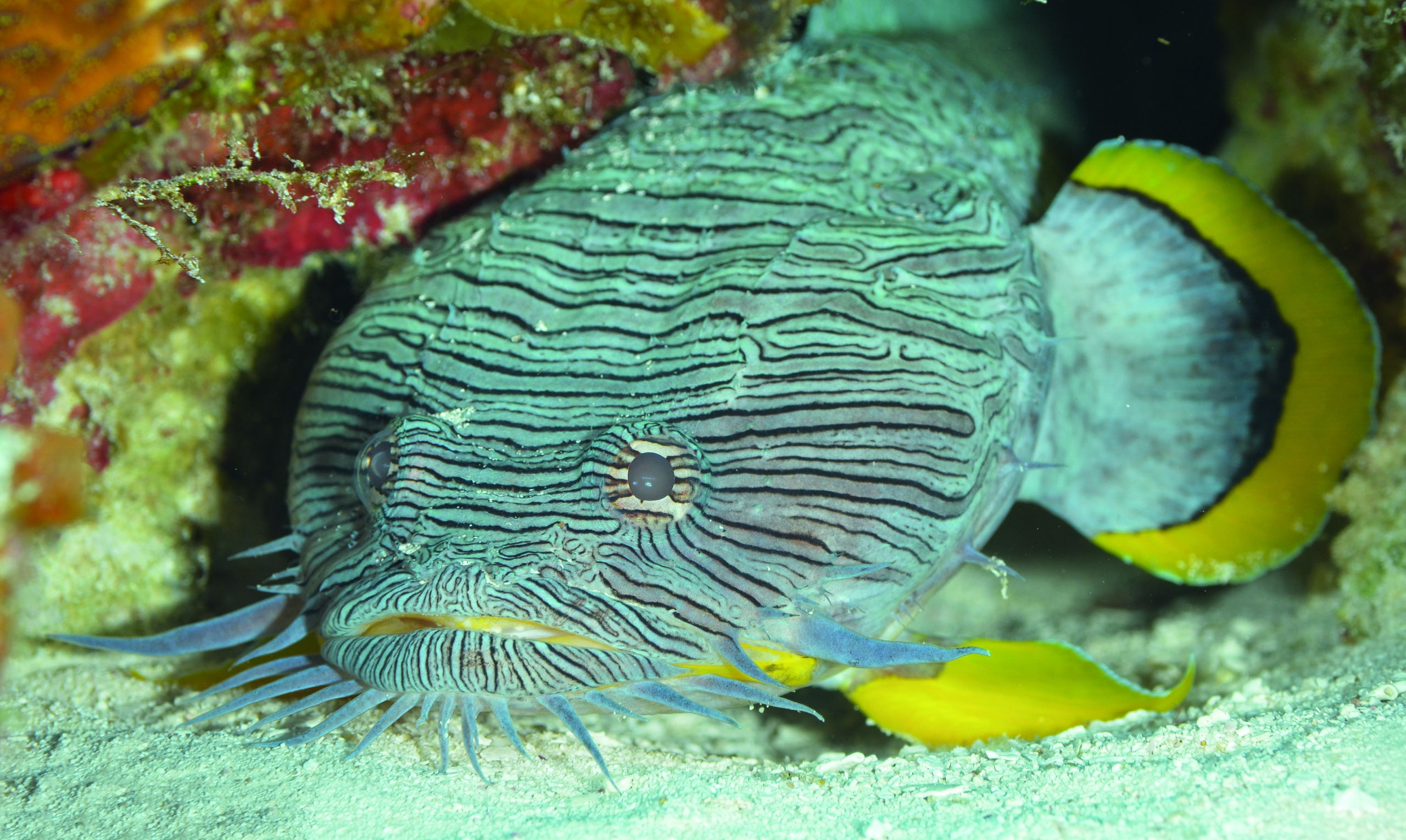
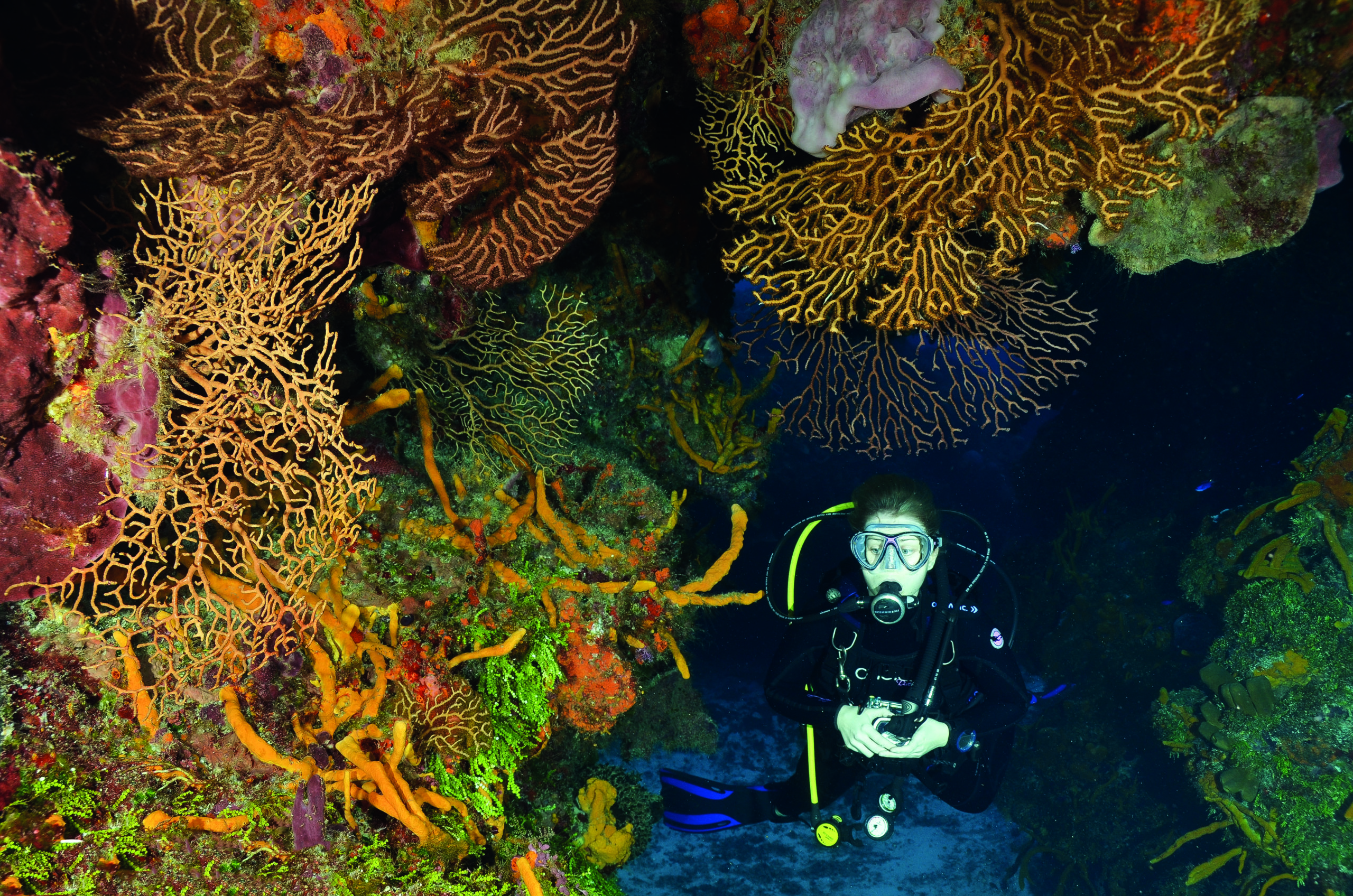
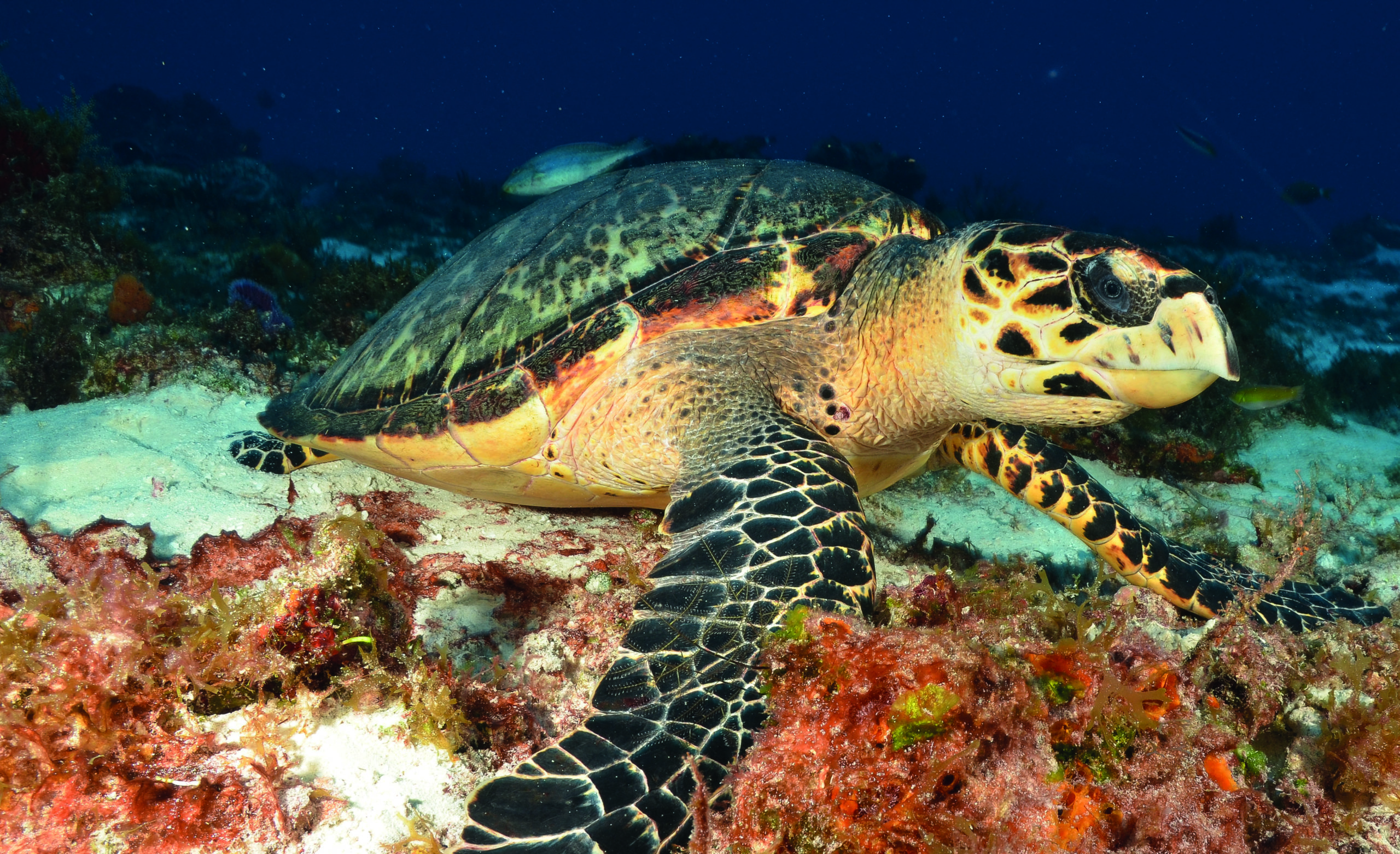
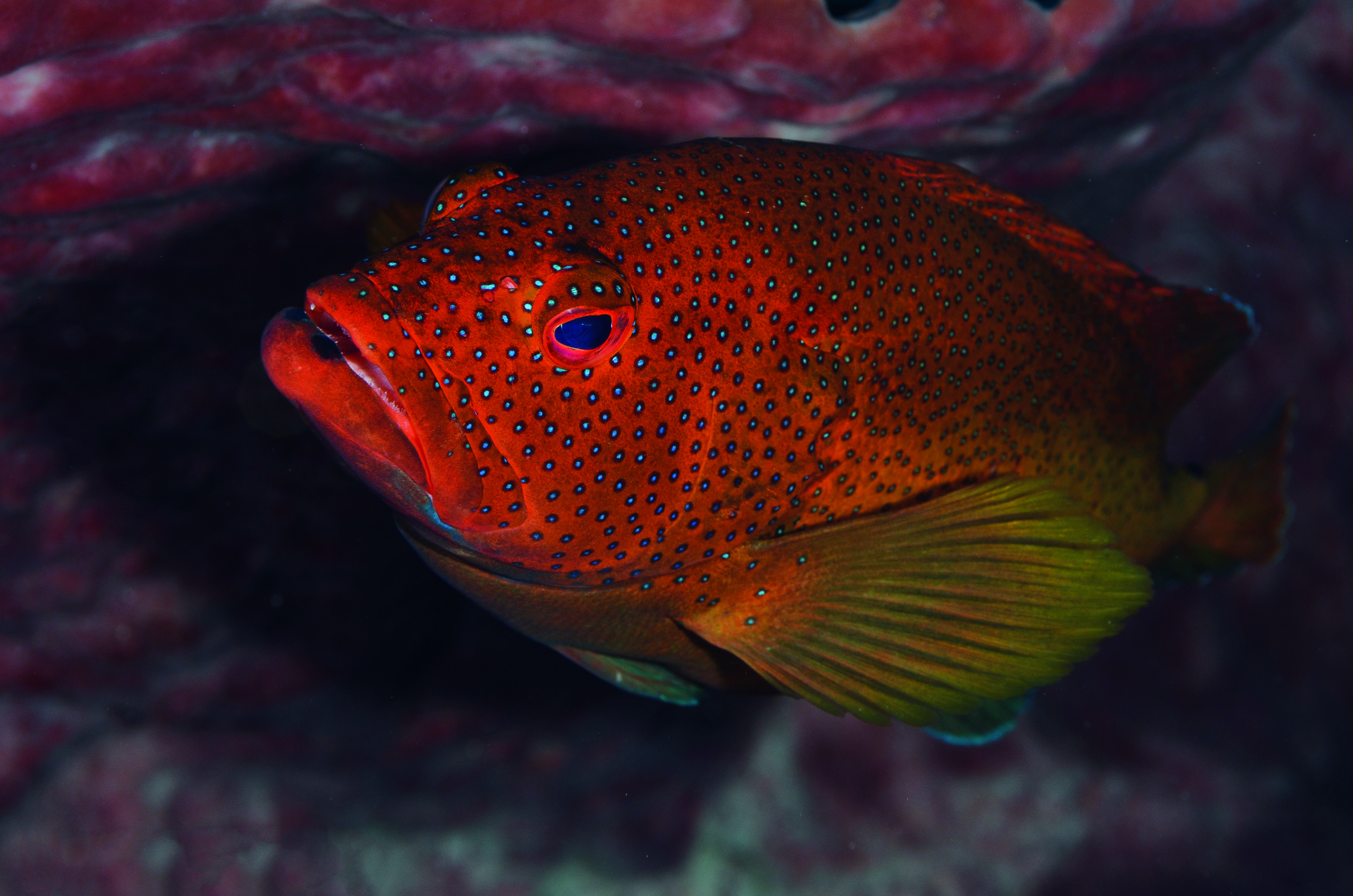
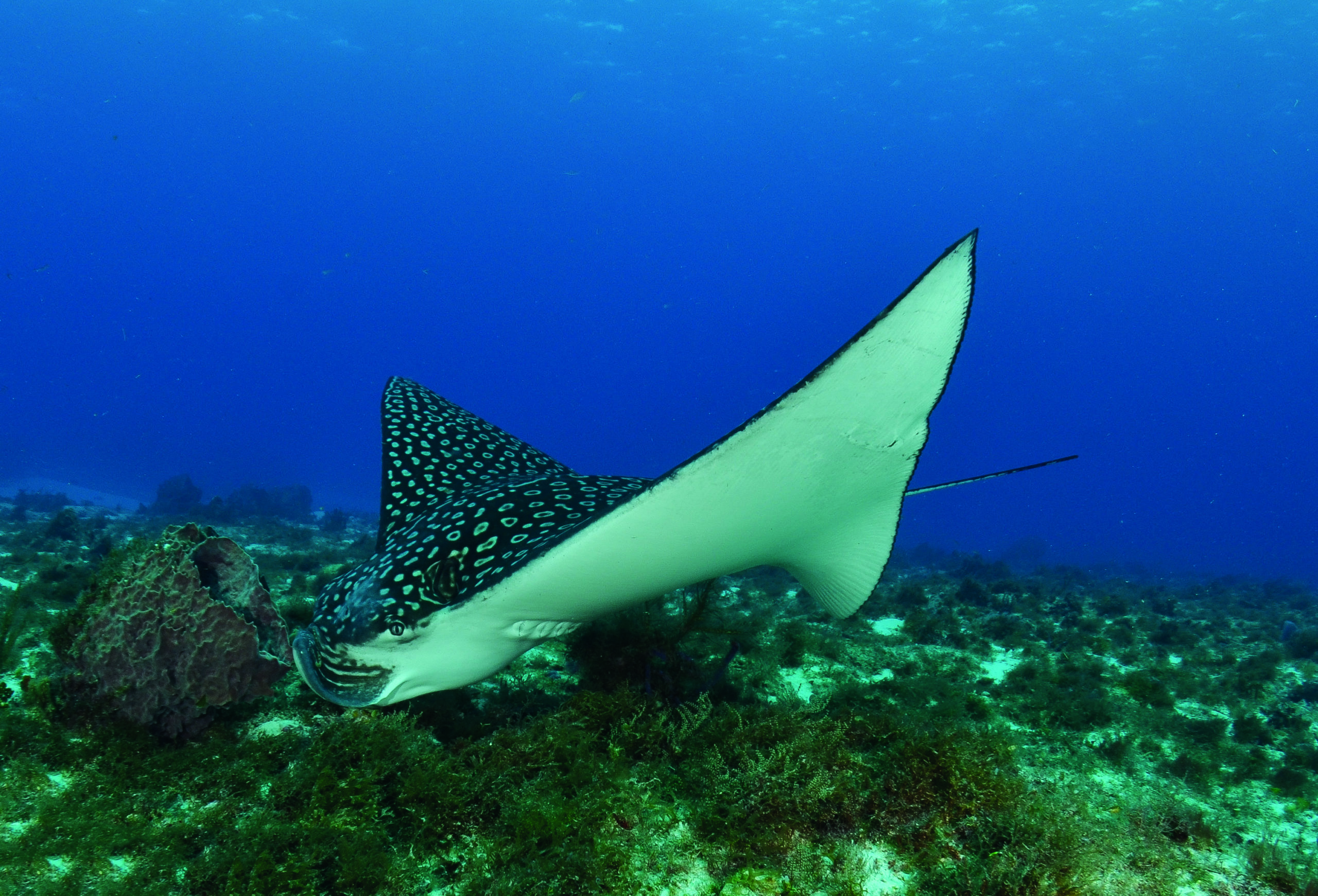
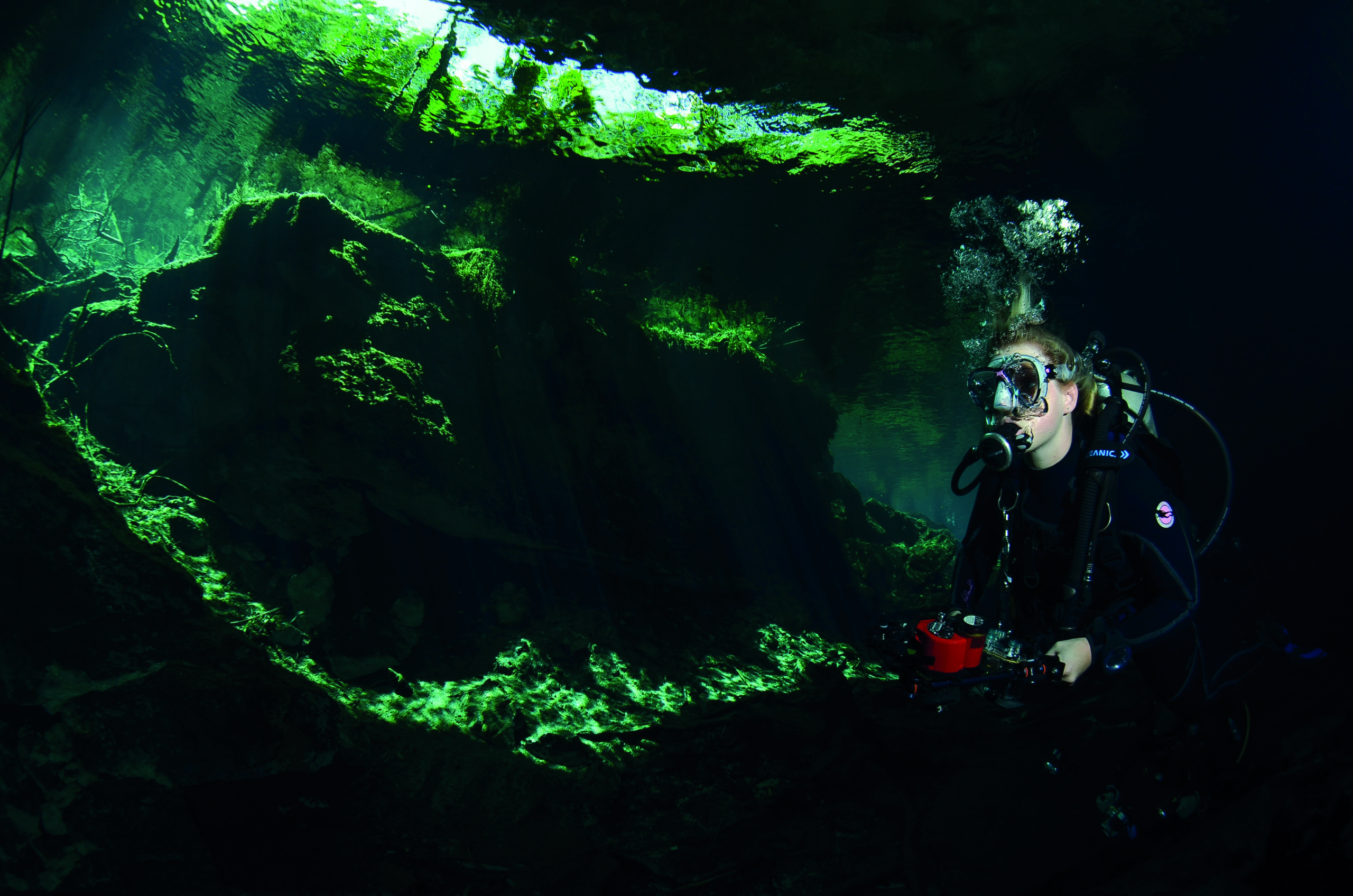
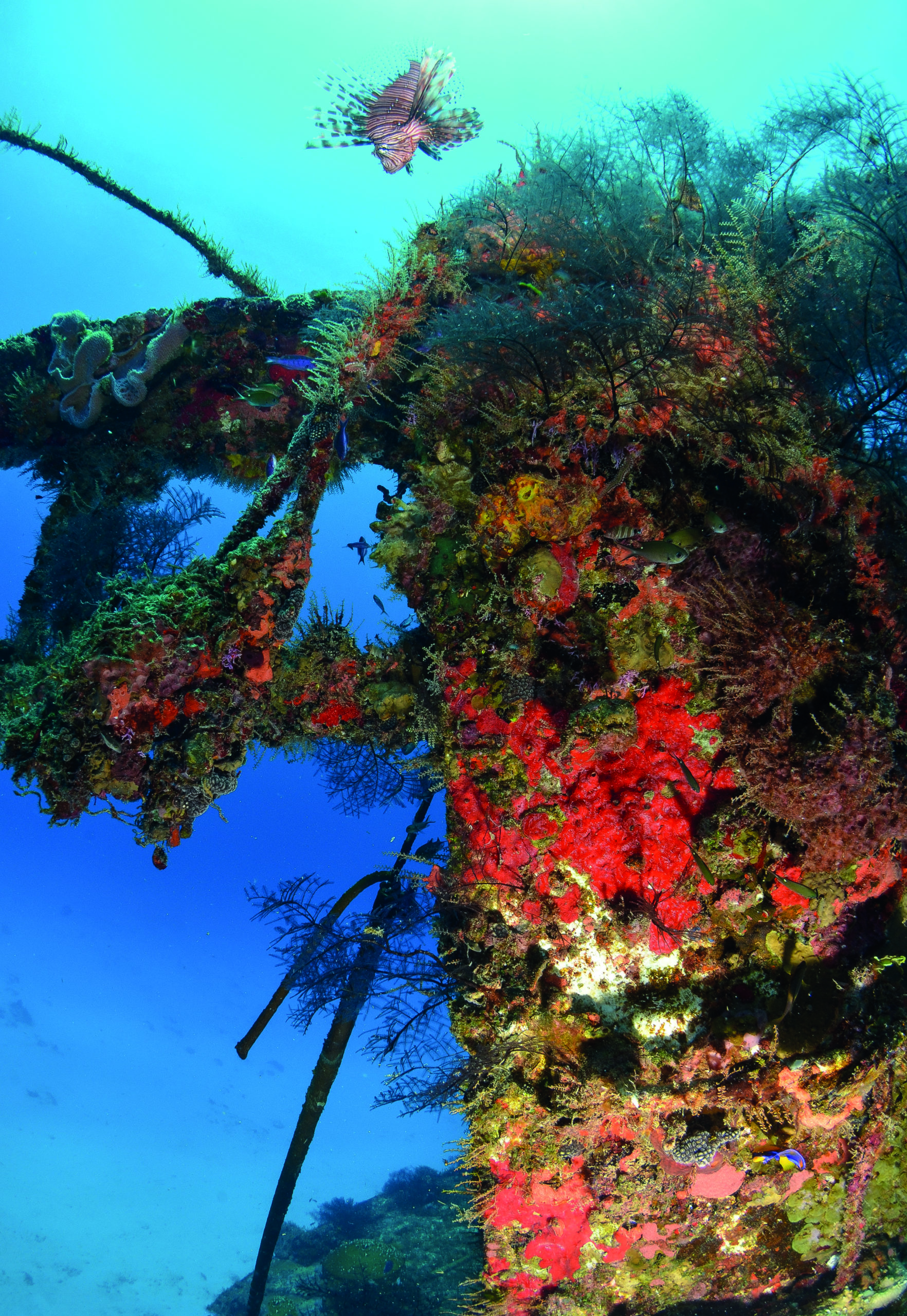
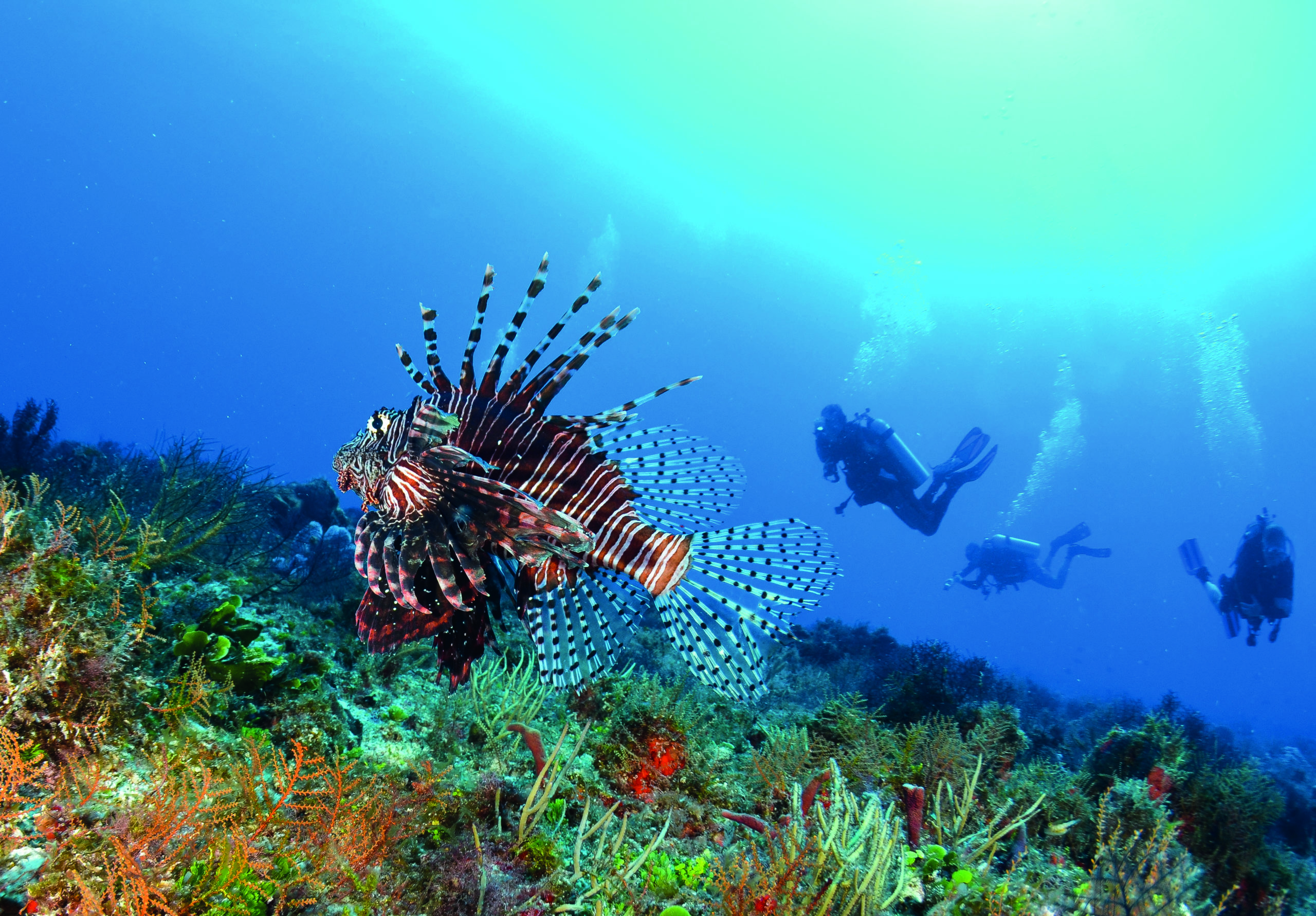
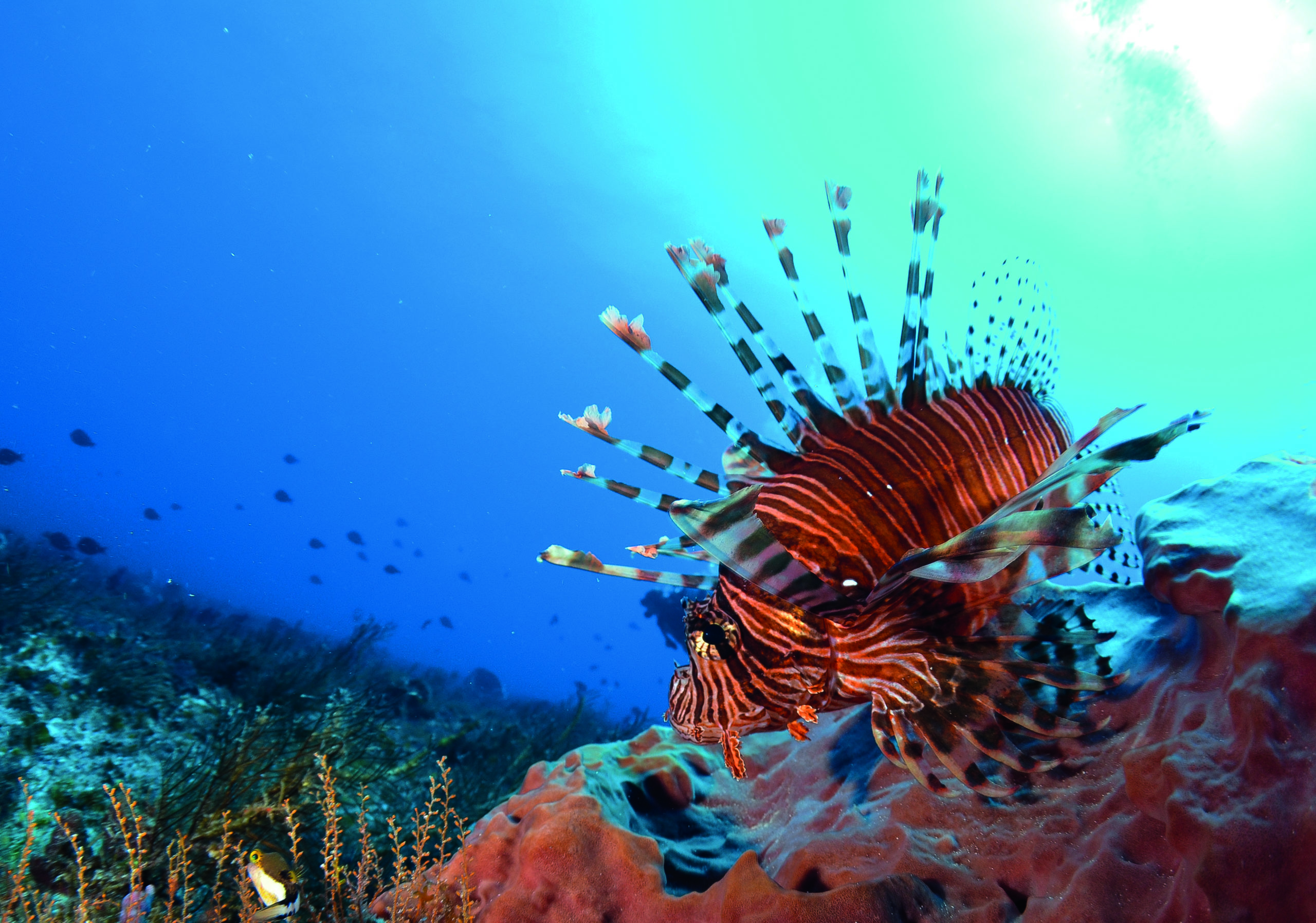
On days like this photographers need to be prepared for a ‘snap shot’. For turtles and other marine life, this was the most-productive site. Turtles are in abundance throughout the year, but particularly from March and into the summer. They are used to divers so photography opportunities are good.
Hawksbills are common but there are also regular sightings of huge loggerheads. Palancar Gardens is also the place to find one species of fish that is endemic to Cozumel – the splendid toadfish. This beautiful predator lurks under small rocky shelves during the day coming out to hunt at night. You won’t find this fish anywhere else except Cozumel, so keep your eyes peeled.
Further north at Paso Cedral and Cedral Wall, large green parrotfish and grouper cruise the reef looking for a meal. Currents along this stretch are often very strong so be prepared to enjoy the ride. If it is strong enough you will hit Santa Rosa Wall, just five minutes boat ride from the resort and yet again full of amazing marine life, sponges and overhanging coral gardens. It has a dramatic drop-off that stretches down into an 800m trench between the island and the mainland.
I was pleasantly surprised by the diving here. It wasn’t the Red Sea, but there was an incredible amount of life and the coral formations were just breathtaking.
However, as I suspected, after a week I had pretty much ‘done’ Cozumel. There were one or two dive sites that I hadn’t managed to visit, but I had got to the stage that I knew what to expect. Big coral, plenty of life, big currents, big swim-throughs… just big everything really! What was impressive was the knowledge of the dive guides from a variety of countries, all of whom exuded an enthusiasm for the location that was infectious.
It was time to move on and on the mainland we moved into the sister hotel of the one we had been in, the Allegro Playacar (www.allegroplayacar.com) – particularly handy from the perspective that we knew where everything was.
The diving here was different. The boats launched from the surf so it was a walk into the sea from the beach, rather than a jetty. And it was clear that without the protection of a marine park, the marine life had not fared as well and there was a proliferation of lionfish that had clearly disrupted the natural balance of the reefs.
The currents were less strong and the emphasis was definitely on the smaller critters on the reef. There was a reasonable wreck dive, the Mama Mina, which is well worth a visit, and offers some great photo opportunities.
During February and March, it is well worth going further south towards Tulum, where bull sharks are regular visitors. A few days was just about right diving around Playa del Carmen. However, being on the mainland also provided the wonderful opportunity to dive the cenotes.
These cavern dives do not require any cave training and add something really special to the trip. The cenotes are a short bus ride from Playa del Carman and while you can do the trip from Cozumel, it does make it a long day. I dived three cenote systems while I was there and each one was different and individually spectacular.
The areas where natural light plunges through the collapsed areas of the cave systems provide a light and colour show that cannot fail to excite any diver, and if you happen to be into photography it is a perfect opportunity from some great shots – and you don’t need an expensive rig to get some great photos. We had a day of cenote diving included in our package but the majority of the group I travelled with opted for a second day – yes it really is that good.
I visited in June, which also happens to be peak time for whalesharks, which arrive in huge numbers of the northern tip of the Yucatan to feed in the rich waters. The dive company organises trips to snorkel with the sharks through a third party who provide transportation, boats and guides so I decided to join the trip.
I was expecting to see a couple whalesharks, so as we were going along in the boat towards the site and I picked up the words ‘cien peces’ coming over the VHF radio I naturally assumed my Spanglish was not as good as I thought it was. Actually, there was nothing wrong with my interpretation of the conversation and we arrived to what can best be described as a melee of whalesharks.
When we arrived there were four other boats on station and we were literally surrounded by well over 100 animals feeding on the surface; certainly an experience to tick off the bucket list.
The snorkelling is carefully controlled with only two people from each boat entering the water at any one time with a guide. The initial briefing had been to get in alongside the sharks and then swim fast to keep up with them. In fact, with so many sharks being in the water that was unnecessary – they came to you.
The whalesharks are normally found until the end of September, but June is normally recognised as the peak season. But if you can’t get there during the summer, don’t panic, there are always excursions to see sailfish from January to March.
And those last few sentences sort of sum up the main thing about Mexico and the Yucatan. The fact is, there is a huge variety of things to do both in the water and out of it, and as such Yucatan is an exciting location not only for divers but also non-divers making it an ideal club and group holiday destination – and the price is excellent. I still believe that Cozumel is perfect for a week of diving, and probably further than I would want to go for that length of time, given my proximity to the Red Sea. But when combined with mainland diving, cenotes and exciting excursions it is a very viable proposition.
Between these two ribbons of coral is a sandy stretch, home to feeding turtles, stingrays, and loitering barracuda waiting for the opportunity to pounce
I had got to the stage that I knew what to expect – big coral, big currents, big swim-throughs… just big everything really!
